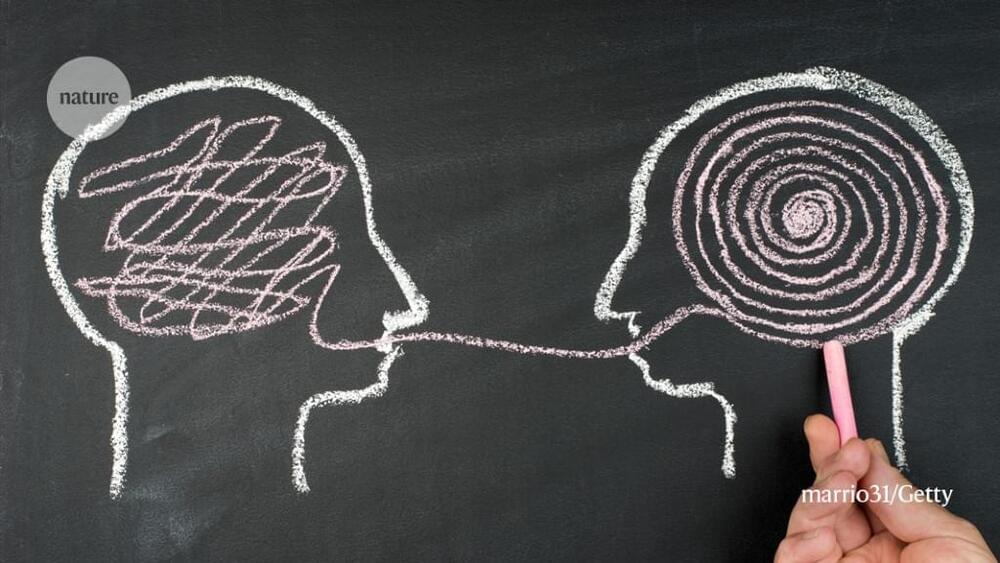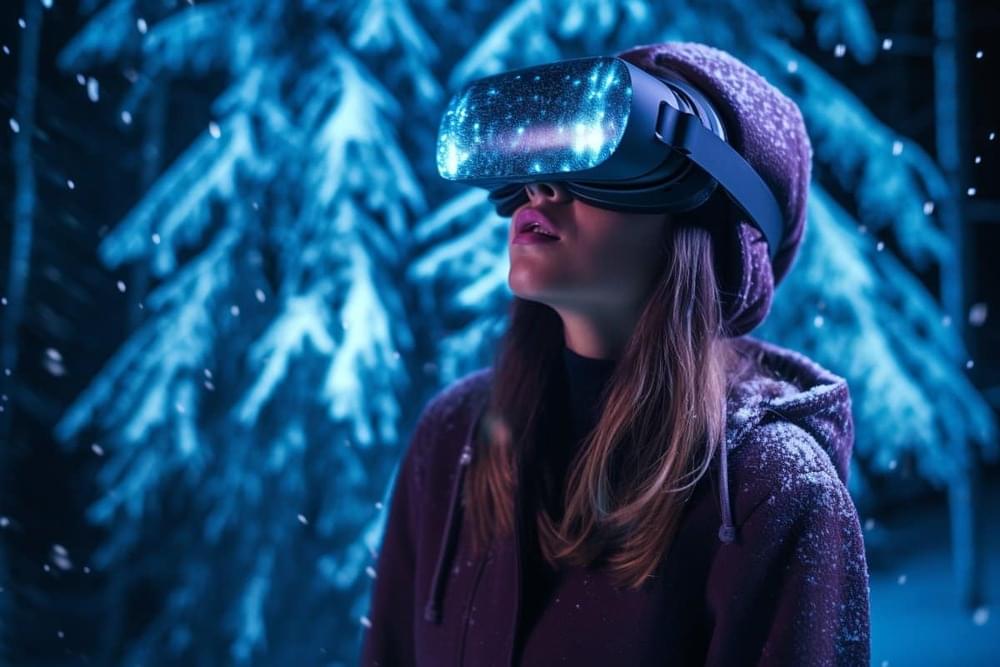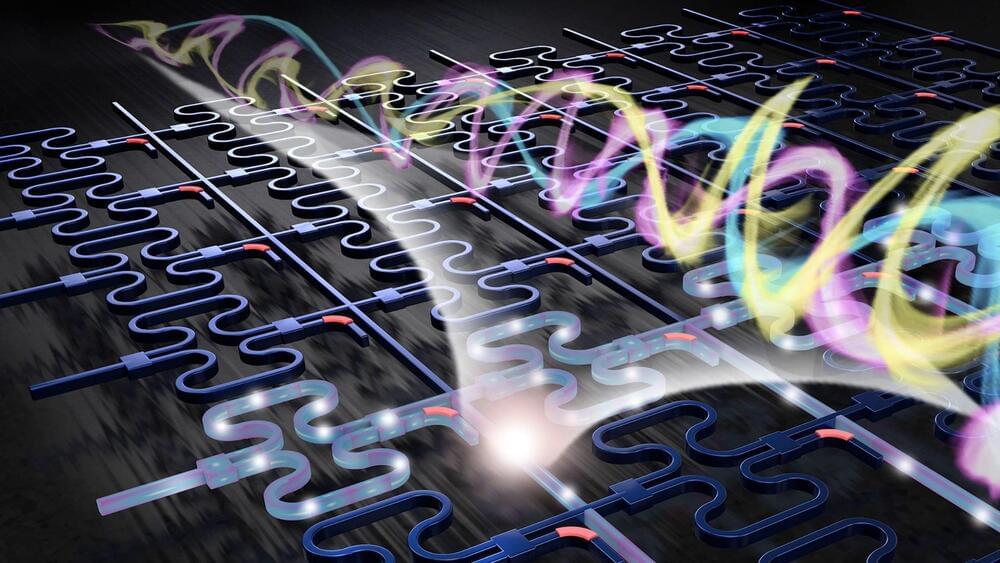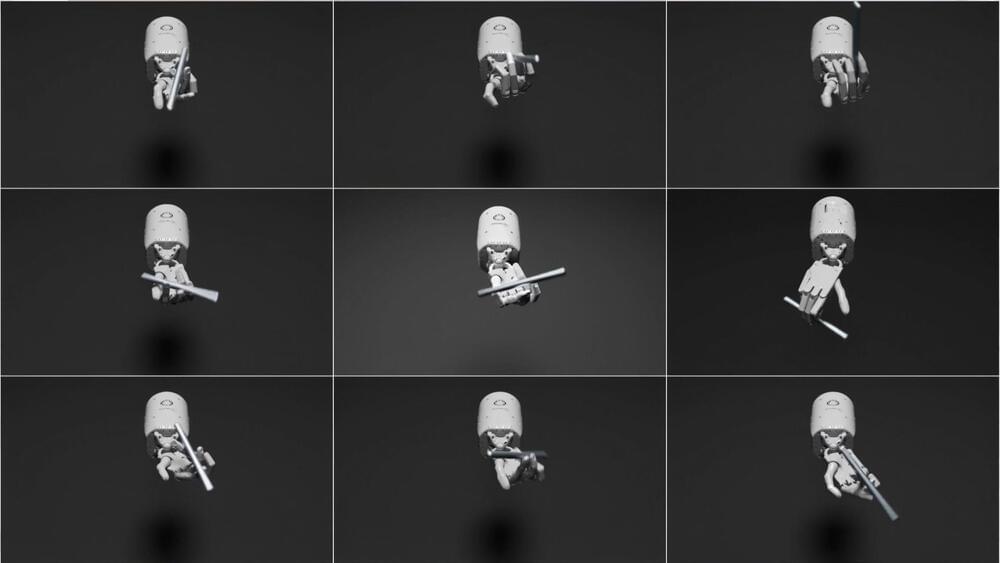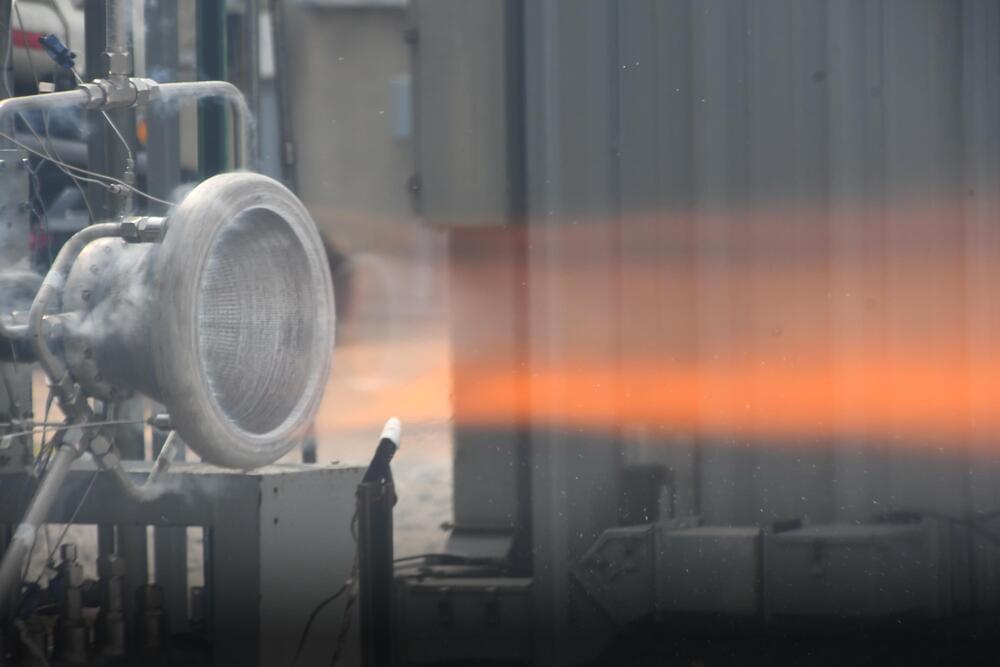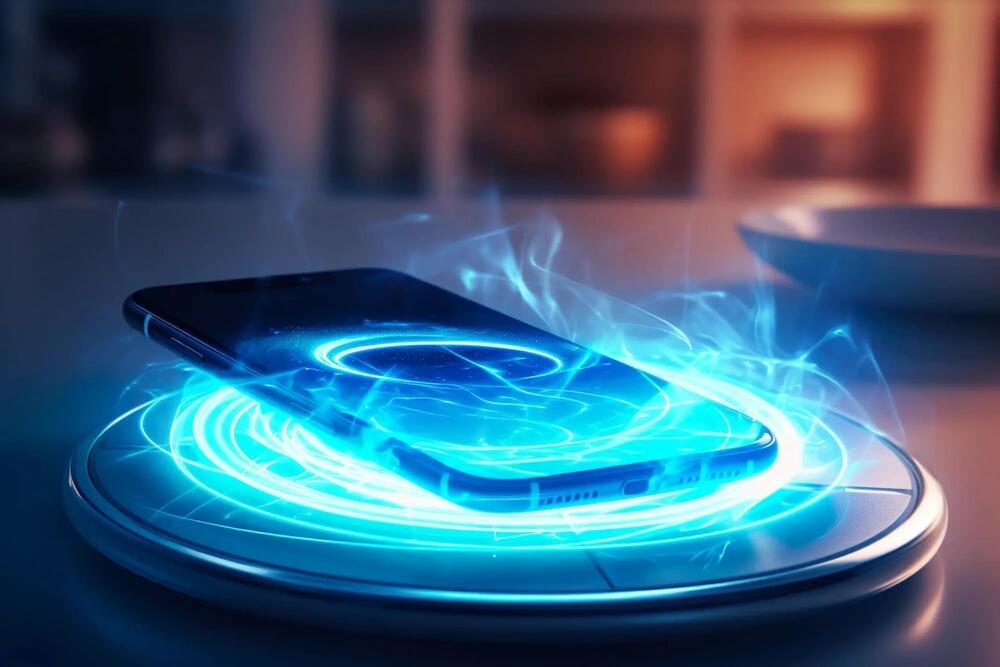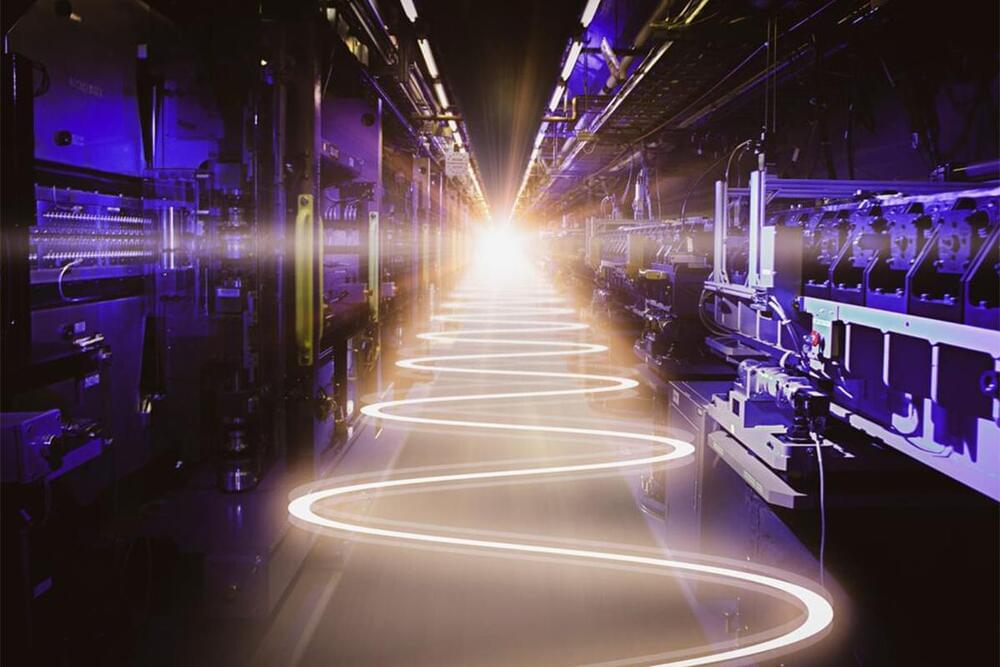
A new method of producing an ultra-bright light which breaks traditional laws of particle physics could potentially spark a technological revolution.
The ultra-bright light, a form of ‘coherent light’, is created by particles moving in synchrony rather than independently. This synchrony creates incredibly fast, intense pulses that operate on a scale of atto-seconds – or one thousandth of a millionth of a billionth of a second.
While machines that can currently create ultra-bright light are miles long, scientists have now produced plans for a light source that can fit into a single room. The discovery could create a “mini-societal, technological and scientific revolution”, the researchers behind the development told BBC Science Focus.
